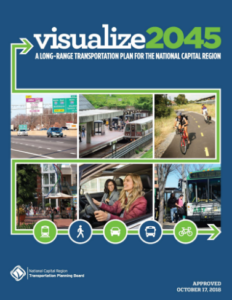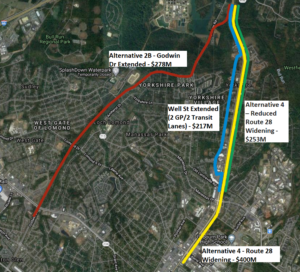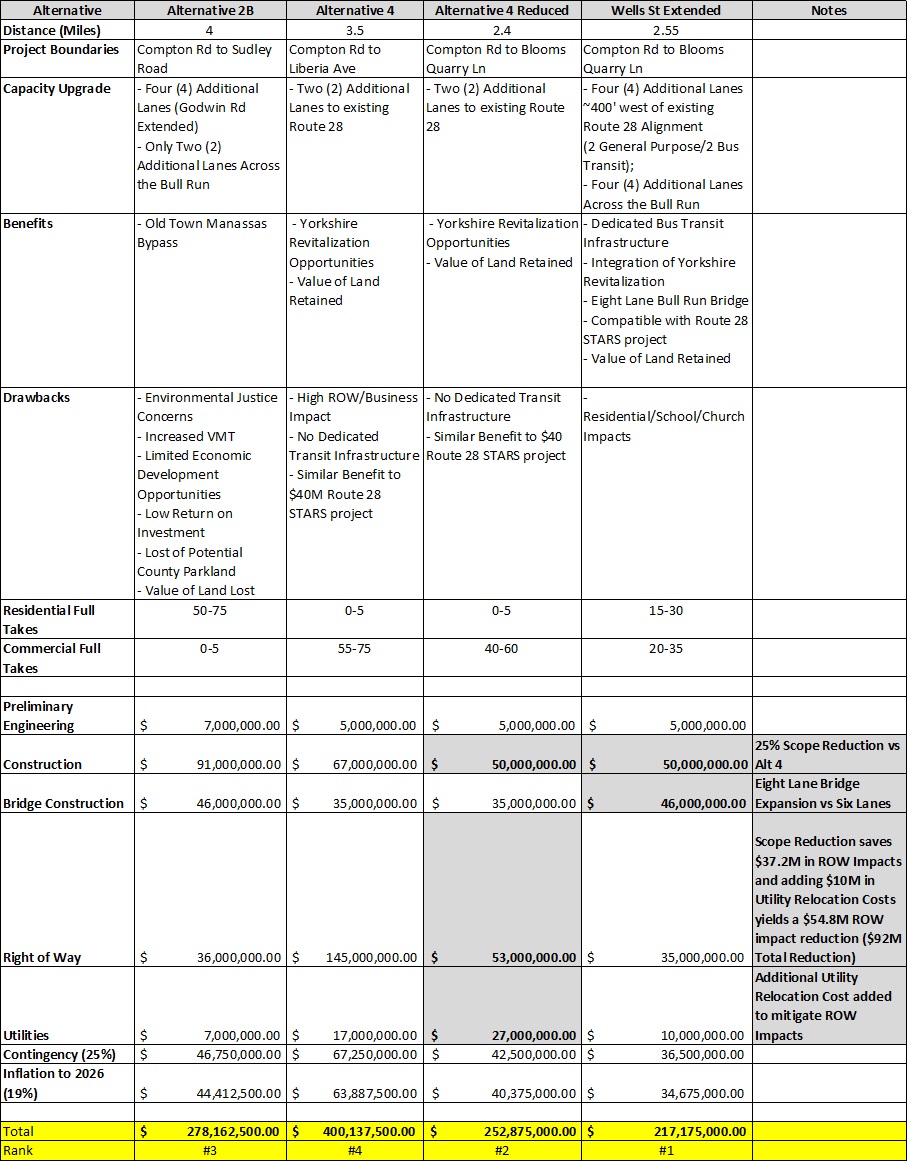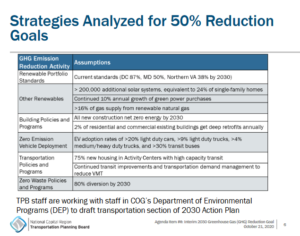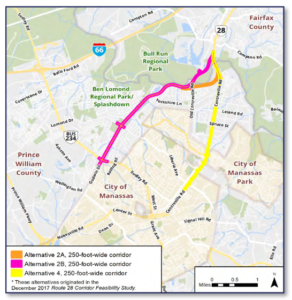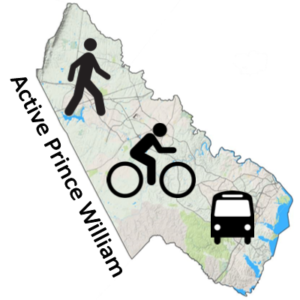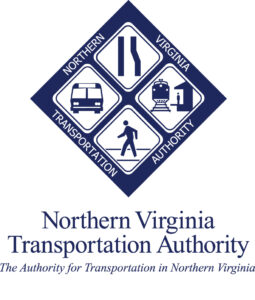
On July 19, 2021, Active Prince William sent the following email message to the Prince William County Planning Commission, which will soon be briefed by County transportation staff on the transportation projects that the County is considering for submission to the Northern Virginia Transportation Authority (NVTA) in Fall 2021 for potential regional funding . Various local transportation and elected officials, including the Prince William Board of County Supervisors, were copied on this message.
Active Prince William supports the integration of land use, housing, and transportation planning. Having the Transportation Department brief the Commission on planned grant applications is a start. That step should be followed by a formal public hearing and a vote of the Planning Commission.
New mobility infrastructure should substantially enhance the transit and bike/pedestrian network, rather than simply expand the road network and add a desolate side path. Traditional “business as usual” planning for the next decade will sabotage the county’s commitment to reduce greenhouse gas emissions by 2030 to 50% of the 2005 levels. The transportation sector generates the greatest amount of greenhouse gas emissions in Prince William now. The only way to meet the 2030 target is to reduce the carbon spewing from tailpipes in Prince William, and that requires a new approach to planning for multimodal *mobility* and access, rather than just paving more roads for drive-alone motorists.
In 2030, most cars will still be fueled by gasoline. Virtually every project that paves more lane miles will increase Vehicle Miles Traveled (VMT) and greenhouse gas emissions from those cars. To understand the impact of various proposed projects, the Planning Commission should identify the projected increase in VMT associated with each transportation project, and use that data when determining which projects to recommend to the BOCS.
The Planning Commission recommendations to the BOCS should be guided by the Strategic Plan. The Strategic Plan calls for the County to develop in a sustainable way. As you know, new transit and bike/pedestrian projects have the potential to reduce or minimize VMT and associated greenhouse gas emissions. To be sustainable, the County must abandon the old school approach of just building more roads–and acknowledge that more roads have not reduced traffic congestion.
For the upcoming NVTA grant program, Active Prince William recommends submitting the following projects to the next NVTA funding round (FY26/FY27). As you can see, none of these projects’ main intent is to add lane miles. All projects support Transit, Active Transportation, and/or Intersection/Interchange improvements.
- Route 1/Potomac Mills BRT (TRANSIT) – NVTA 38/39
- Dale Blvd Improvements (TRANSIT) – NVTA 241
- VRE Second platforms – Manassas Line (TRANSIT) – NVTA 300
- I-95 Ped/Bike Crossings (TRAILS/ACTIVE TRANSPORTATION) – NVTA 300/242/49/241
- Balls Ford Road/I-66 Trail Improvements (TRAILS/ACTIVE TRANSPORTATION) – NVTA 50
- Route 123 Improvements (INTERCHANGE/INTERSECTION IMPROVEMENT) – NVTA 242
- Wellington Rd/Sudley Manor/VA234 Interchange Improvements (INTERCHANGE/INTERSECTION IMPROVEMENT) – NVTA 222
- Minnieville Rd/PW Parkway Interchange (INTERCHANGE/INTERSECTION IMPROVEMENT) – NVTA 279
- Pageland Ln/Sanders Ln Safety Improvements (INTERCHANGE/INTERSECTION IMPROVEMENT) – NVTA 227
- Route 28 STARS (INTERCHANGE/INTERSECTION IMPROVEMENT) – NVTA 29/32
Many of these projects do not match exactly with the NVTA Transaction description but the NVTA has set a precedent by funding innovative intersection improvements at University Boulevard and Prince William Parkway even though NVTA Transaction clearly requires “Construct Interchange at Prince William Parkway and University Boulevard.” (NVTA 324). Active Prince William agrees with this approach as the intent of the projects is to improve the specified transportation segment.
Below is the list of projects that were not funded in the previous NVTA funding round (FY24-FY25). As you can, see most of these projects’ main intent is to add lane miles that will induce new VMT and future congestion. We need to stop advancing projects that continue to increase car dependency and have long-term adverse impacts on the climate and county budget.
- Van Buren Road North Extension: Route 234 to Cardinal Drive (NEW ROADWAY)
- Construct Route 28 Corridor Roadway Improvements (NEW ROADWAY/BYPASS)
- University Boulevard Extension: Devlin Road to Wellington Road (NEW ROADWAY)
- Wellington Road Widening: University Boulevard to Devlin Road (ROAD WIDENING)
- Devlin Road Widening: Linton Hall Road to Relocated Balls Ford Road (ROAD WIDENING)
- Route 234 and Sudley Manor Drive Interchange (INTERCHANGE/INTERSECTION IMPROVEMENT)
- Prince William Parkway at Clover Hill Road Innovative Intersection (INTERCHANGE/INTERSECTION IMPROVEMENT)
- Prince William Parkway at Old Bridge Road Intersection Improvements (INTERCHANGE/INTERSECTION IMPROVEMENT) | Funded via Smart Scale
###
